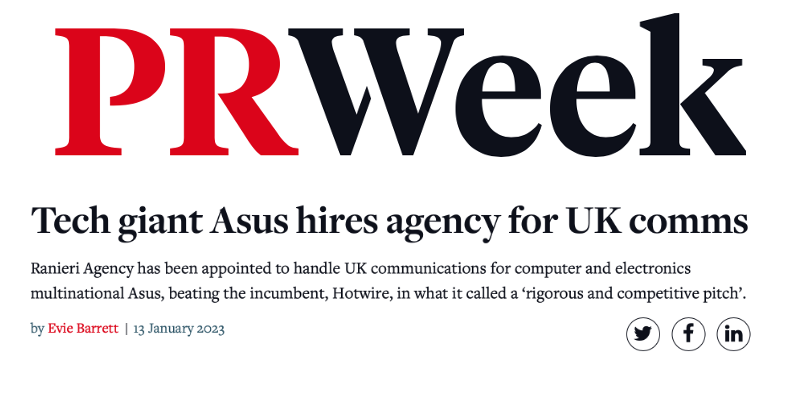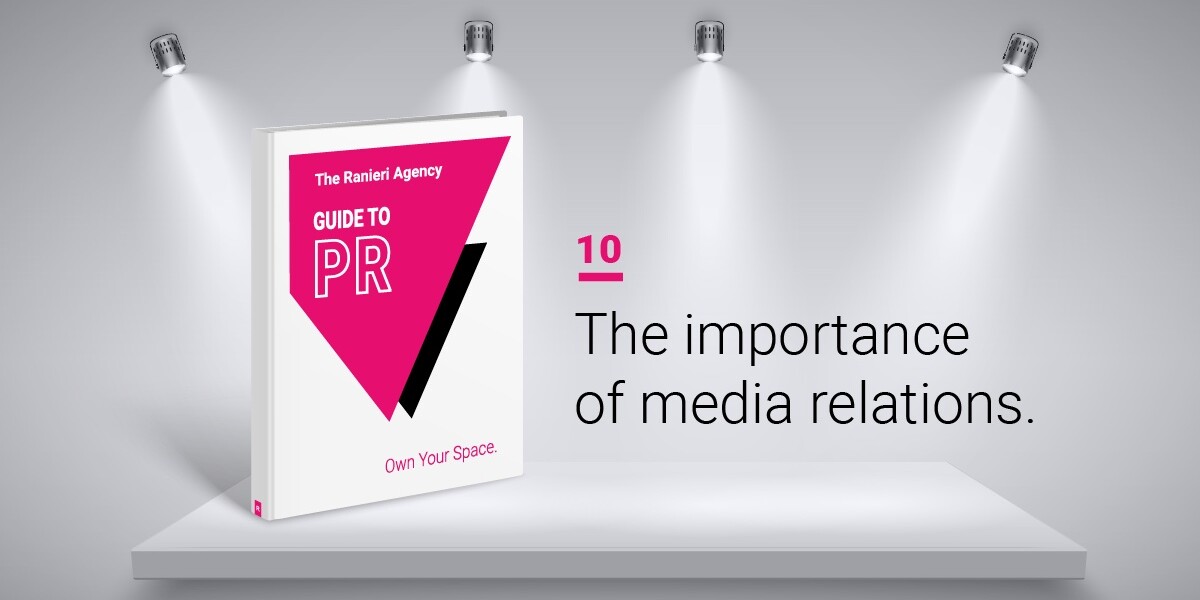As a brand, how do you know if the communications strategy and tactics you deploy are having the right impact? How can you demonstrate that you are meeting your objectives and those of the organisation?
To succeed, powerful analytical tools have become a must-have asset for all PR and communications strategies. With PR metrics becoming more closely aligned with marketing efforts to drive traffic and revenues, data and analytics can determine exactly who your target audience is, the best channels to target, and how your message is being received and acted upon.
Analytics help you understand behaviour of your audiences
Analytics aren’t new. But in a world of 24/7 unencumbered access to global news and information, social platforms and online communities, the model for managing customer engagement and service is a far cry from years past. Technology has advanced so that it’s possible to know and understand who saw earned media stories about your company. Software can create audience personas by accessing demographic, firmographic, household data, purchase intent and more. From there, readers can be tracked to see if they visited the corporate website — days or weeks later — and what they did next. You can also view the social amplification around your coverage and get a front row seat to ongoing conversations about your brand. All of this leads to better intel on how audiences are experiencing your brand and how to convert them to buyers. Without the ability to follow audience behaviours, it isn’t easy to know what worked, what didn’t, how to improve and where to invest more time and resources.
Analytics help you justify budgets
Quantifying the business impact of PR has been difficult. The pandemic and other world events cast a spotlight on the need to look beyond traditional metrics, tie PR activities back to business outcomes and underscore the value PR has always brought to the table.
For many, number of impressions, ad value equivalent (AVE) and share of voice remain the standard, while others have incorporated tracking of social engagement, search engine optimization (SEO) impact and brand sentiment. But company leaders expect more and want to see closer alignment to marketing and sales goals. By tracking audience behaviour, we can use data to show tangible evidence that outreach efforts have led to traffic, shopping cart conversions, leads and ultimately sales — making it easier to hold on to and, better yet, expand the company’s investment in PR.
Analytics help you pivot quickly and be relevant
Analysing trends and events can also pay off handsomely. By monitoring the media (mainstream and social) and podcasts, you can stay on top of the chatter around your company, brand, industry, competitors and crises. Understanding where conversations and sentiment are headed can allow an organization to work quickly to minimise or avoid costly missteps. Tracking current and historical trends can also allow proactive and strategic planning as you work to engage, serve and bring greater value to customers.
Post pandemic, marketers face increased pressure to do more with less, show results and justify their value. By embracing technology and analytics, they can work more efficiently, avoid pitfalls and, most importantly, show a return on investment by aligning their results to revenue or other key performance indicators. And the C-suite will increasingly know and recognise is that PR and marketing communications as an indispensable steward not only of the brand, but of the business.
For more information on measuring communications campaigns and analytics, contact [email protected]


